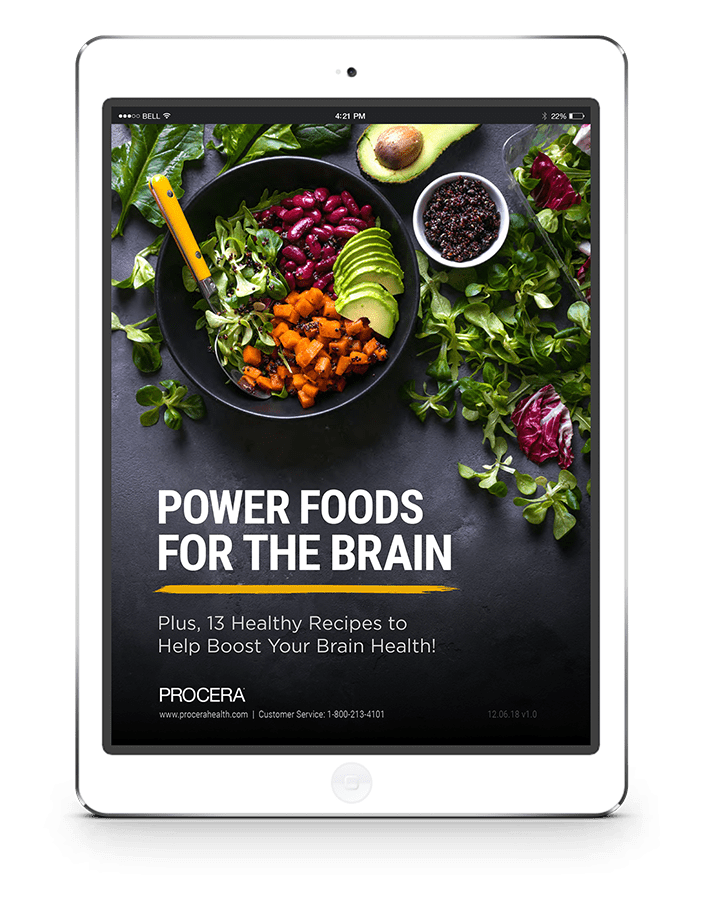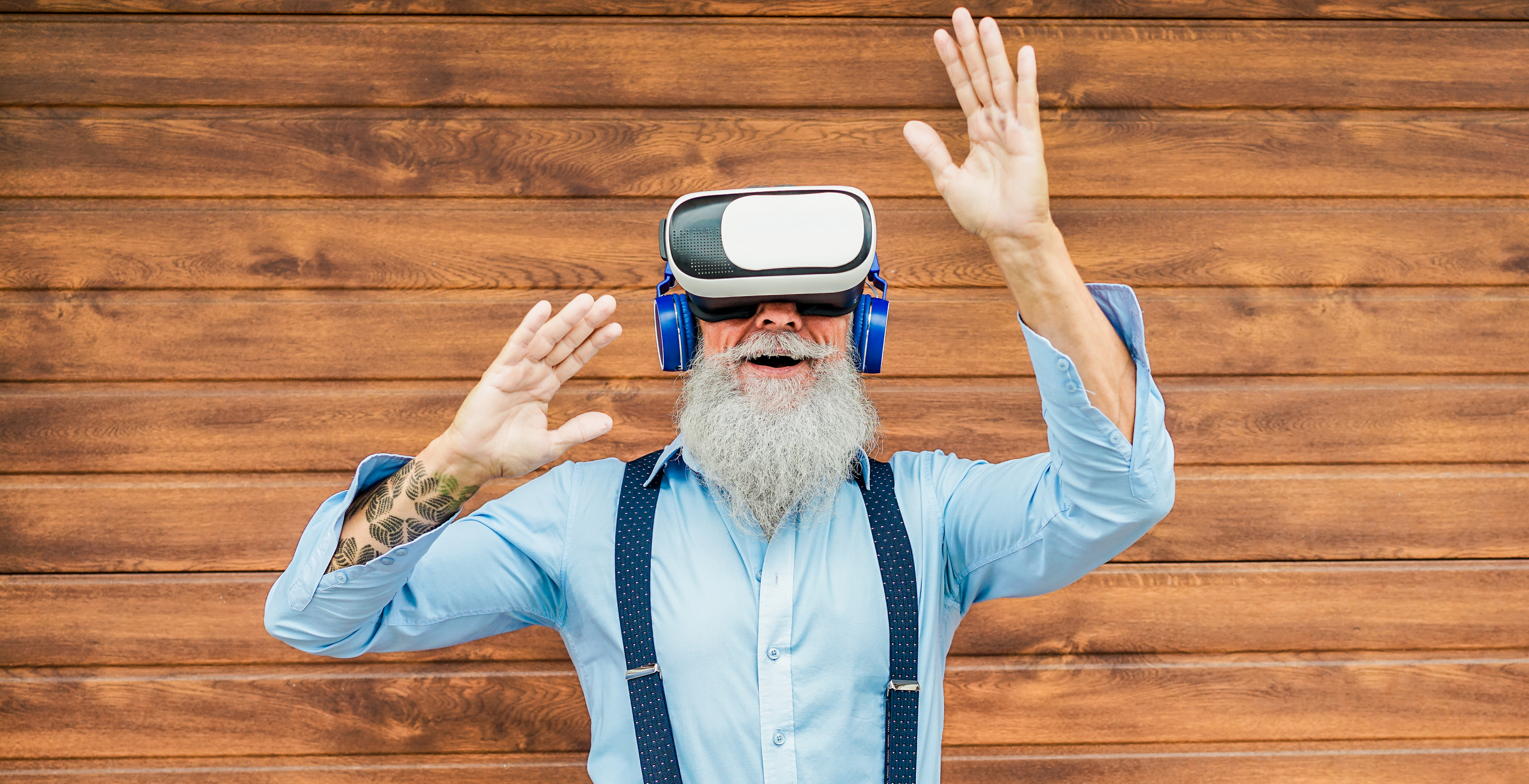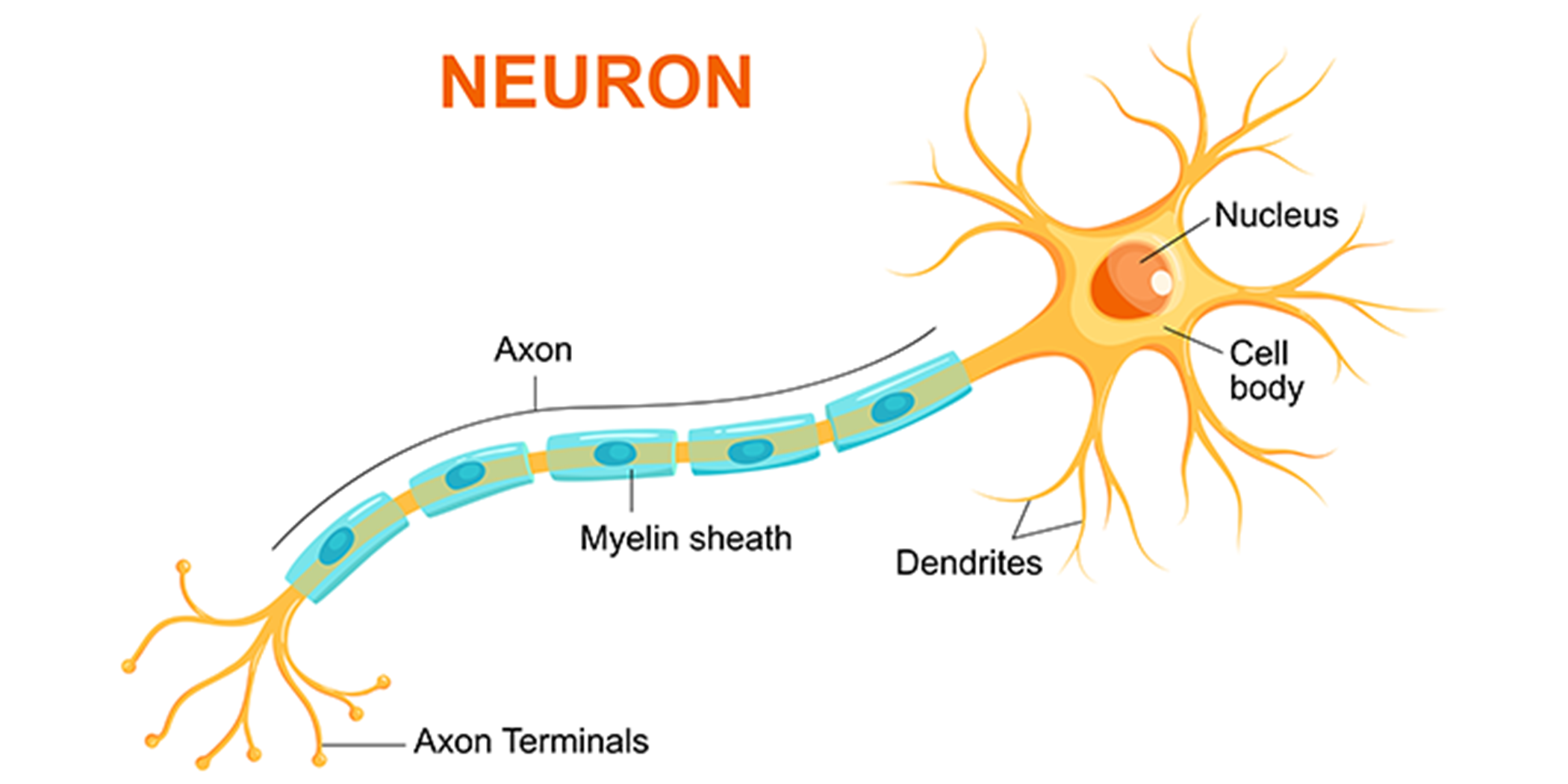
If you deal with frequent migraines or headaches, then you know that finding relief isn’t always a simple fix. While over-the-counter products like aspirin can help relieve pain in some cases, they don’t always work and taking them too often can create problems in and of itself.
Headaches are among the most frequent complaints that doctors hear. In fact, according to the American Headache Society, migraines and severe headaches are some of the leading causes of disability in the U.S. (source.) Although doctors do generally have a good handle on how to help headache sufferers, there may not be one ‘magic solution’ that helps everyone in every case. Sometimes finding relief can be a matter of trial and error to find the course of action that works best.
If you suffer from frequent headaches or migraines, you may be searching for relief right now. Today we will be discussing the science behind headaches: what causes them, and how they affect the brain. We’ll also cover several natural techniques you can start using immediately that may help you feel better.
Article At-A-Glance:
- Headaches and migraines are among the most frequent health complaints, and finding relief can be a matter of trial and error.
- Although it may feel like it, headaches are not happening ‘in’ our brains.
- Generally, headaches/migraines do not cause brain damage. Migraines, however, can in some cases ‘rewire’ our brains for pain.
- Several natural techniques involving diet, lifestyle and supplements could help relieve headaches and migraines.
What Are Headaches?
This could come as a surprise to you, but did you know that your brain actually can’t feel pain? As an organ, your brain lacks receptors called nociceptors. Nociceptors are nerve endings all over your body that tell your body when something hurts (source.)
Amazingly, this is why neurosurgeons can perform surgeries on the brain without causing discomfort to the patient. They can even do this at times while the patient is awake! (source)
So you may be wondering, “If the brain can’t feel pain, why do I get headaches?” Even though it seems like it, a headache is not pain in the brain (source.) For the most part, headaches occur in the nerves, blood vessels, and muscles that cover a person’s head and neck. These muscles and blood vessels can become inflamed or swollen. This can put pressure on the surrounding nerves, which sends a pain signal to the brain, and thus you have a headache (source.)
Types of Headaches and Their Causes
A lot of things can cause a headache, and not all types of headaches are the same. Generally, scientists divide headaches into two categories: primary and secondary headaches.
Primary Headache — A primary headache is generally a stand-alone issue caused by the factors we just mentioned: overactivity of vessels and muscles around the head and neck (source.) According to the Mayo Clinic, many things can lead to a primary headache: poor posture, alcohol consumption (especially red wine), stress, lack of sleep or changes in sleep patterns, or foods such as processed meat (source.)
Several other issues fall under the category of primary headaches: cluster headaches, tension headaches, and migraines (source.)
Secondary Headaches — These headaches are brought on by other issues that affect the pain sensors around your head and neck. Secondary headaches can range in their intensity and can be caused by a wide range of things (source.) Here are just a few: Sinus infections, dehydration, dental issues, some medications, hangovers, psychiatric issues and many many other things (source.)
Are Migraines Any Different?
If you’ve ever truly experienced one, you know that migraine pain is a whole different animal. Not only can it be an extreme headache, but it can also bring on other symptoms such as nausea, mood changes, visual disturbances (sometimes called an ‘aura’), light and sound sensitivity and many many more. For years scientists have studied migraines to determine their cause as well as how to alleviate them.
According to Johns Hopkins University, researchers at one time believed that migraines were brought on by changes in blood flow to the brain. At this point, most experts believe that while this contributes to migraine pain, it’s probably not the origin (source.)
Currently, researchers believe the source of migraines stem from fluctuations in compounds and hormones, such as serotonin and estrogen. As these chemical levels change, they can cause blood vessels to constrict throughout the body. This could be the root of migraine pain (source.)
There are other factors that could set off migraines specifically. These include changes in the weather, flickering or glaring lights, fatigue, stress, and certain food and drinks (source.)
Can Migraines Damage the Brain?
Migraine pain can be intense, and because it often comes with other neurological symptoms, it could create some worry about long-term effects. So, can migraines have a long-term effect on the brain? The short answer is yes; however, that doesn’t necessarily mean a negative outlook.
According to the American Migraine Foundation, migraines can leave some mark on the brain in the form of white matter lesions. However, a 2013 systematic review found that these lesions are typically not related to any neurological issue (source.)
While it is highly unlikely that migraines will kill brain cells or lead to ‘brain damage’ as we typically think of it, that doesn’t mean migraines are harmless. According to headache researcher Dr. K.C. Brennan at the University of Utah, the danger of migraines is that they can ‘teach’ your brain that pain is normal. In an interview with WebMd he said, “Studies show a dysfunctional learning process in the brain in migraine and other pain conditions...The brain learns to produce and perpetuate pain (source.)" The reason this happens is because of a process called neuroplasticity, which is your brain’s ability to change and reshape synaptic connections after an experience. Because the brain can evolve and re-route neural pathways, migraines can alter your brain in a way where you experience pain more often (source.)
This sounds pretty bad, but the good news is that it’s not irreversible. Just as the brain can adapt to reinforce pain, it can also reshape itself into healthier patterns. Brennan recommends a holistic approach and finding a wellness program that includes lifestyle adjustments and addresses all aspects of health—mental, physical, and emotional (source.)
7 Ways to Help Relieve Headaches and Migraines Naturally
If you suffer from frequent headaches, the good news is that there are tons of natural ways that you can get relief. Scroll through this list, and you can find simple and often inexpensive ways to banish headache pain.
Drink More Water — Did you know that one of the most common causes of tension headaches and migraines is chronic dehydration? If you deal with recurring headaches, not drinking enough water could be at the root of your issue. On the flip side, studies show that drinking water could actually relieve dehydration headaches in as short as 30 minutes (source.) If you’re not keen on downing glass after glass of water, try adding more water-rich foods into your diet, such as cantaloupe, watermelon, strawberries, soups/broths, skim milk and plain yogurt (source.)
Magnesium May Help — We hear a lot about the importance of calcium, but we don’t always hear about what magnesium can do for us. Magnesium is involved in countless processes in the body, such as sleep, regulating nerve and muscle function, and blood sugar control (source a, source b) As a supplement, it’s also been shown in multiple studies to be potentially effective at treating the frequency and severity of migraines. Some research indicates that these symptoms have been relieved by 600 mg of oral magnesium per day (source.) Magnesium oil is also a potentially effective headache reliever. The best way to use it is by applying it to the temples and neck. It can also be absorbed by rubbing it on your legs and arms (source.)
Try Cutting Out Alcohol — If you’re dealing with frequent headaches, and you’re not quite sure why, limiting or cutting out alcohol could be a good first step. The reason for this is that research has shown that alcohol can cause migraines in about ⅓ of the population of those dealing with regular headaches (source.) A few studies have also shown that alcohol can create tension or cluster headaches in some people.
Part of the reason alcohol may contribute to headaches is because it is a diuretic. When the body loses fluids and electrolytes through frequent urination it can cause dehydration, which can make headaches worse (source.)
Apply Peppermint Oil — Medicinal oils have been part of healing for thousands of years, and in many cases, they still work today. If you want to try using an essential oil for your headaches or migraines, try peppermint. According to some scientific research, it could help relieve headache pain when applied to your temples or forehead (source.)
A word of caution: since peppermint oil is very strong, only use a few drops. Also, be aware that your eyes may be especially sensitive to peppermint extract (source.) To get the best results from your peppermint oil, rub in small circular motions on your temples. From there, work inward along your brow bone toward your sinus. The aroma from the oil will help alleviate pressure from your headaches and drain your sinuses (source.)
Dim The Lights — This is an easy one. Bright lights, such as fluorescent lights can aggravate your headache or make it more severe. Try resting in a darkened or dimly lit room. Important note: your cell phone can also be a contributor! So while you’re resting, be sure to turn your phone off (source.)
Brew Some Herbal Tea — Many herbal teas can not only help you feel soothed and relaxed; they can also relieve headaches. One research study shows that ginger tea may be particularly beneficial in reducing migraine symptoms (source.) You might also try other teas that promote relaxation, such as lavender, peppermint, and chamomile (source.)
Apply Acupressure Yourself — Acupressure, or massaging pressure points, could be an effective (and free!) way to relieve headache pain. Although acupressure doesn’t have a large body of scientific research behind it, there have been some studies that support its use as a headache reliever. In one study, pressure point massage was shown to decrease the frequency of tension headaches as well as cut down on the duration of headaches over a 6-month period (source.) Some research has also shown that acupressure could offer promising benefits for migraine sufferers. One, in particular, revealed that massaging a specific point on the wrist may help reduce symptoms of migraine-related nausea (source.)
So the question is, which pressure points do you massage to help your headache? There are a few you can try.
- As you look at the back of your hand, find the “V” where your thumb and index finger come together. Using your other thumb and index finger, find the tender point in the fleshy area and press gently. You can also rub in gentle circles to stimulate the point (source.) Be sure to massage both hands!
- Another point you can massage is located between your eyebrows where the nose meets the forehead. As you press this point, use your index finger to massage in gentle circles. Stimulating this point is thought to relieve sinus tension (source.)
- Take your index and middle fingers on both hands and put them behind your head. At the base of the skull, you will feel two vertical neck muscles. On the outside of the muscles, you will feel hollow depressions. Press up and hold this point for 10 seconds (source.)
There are several other pressure points for headaches that you can find with a simple Google search. You also may be able to find points that are specifically useful for migraines. Youtube is another great resource because many of the points are easier to find with a visual aid.
Final Thoughts
While headaches are something everyone deals with, frequent, severe, or recurring headaches can be a whole different issue. If you’re looking for new ideas or simply don’t want to overly rely on medications, give these techniques a shot. To learn more about natural health solutions, check out our resource section in the banner above.








.png?width=1350&name=Procera%20Logo%20W%20Tagline%20White%20(3).png)
Comments
Add Comment